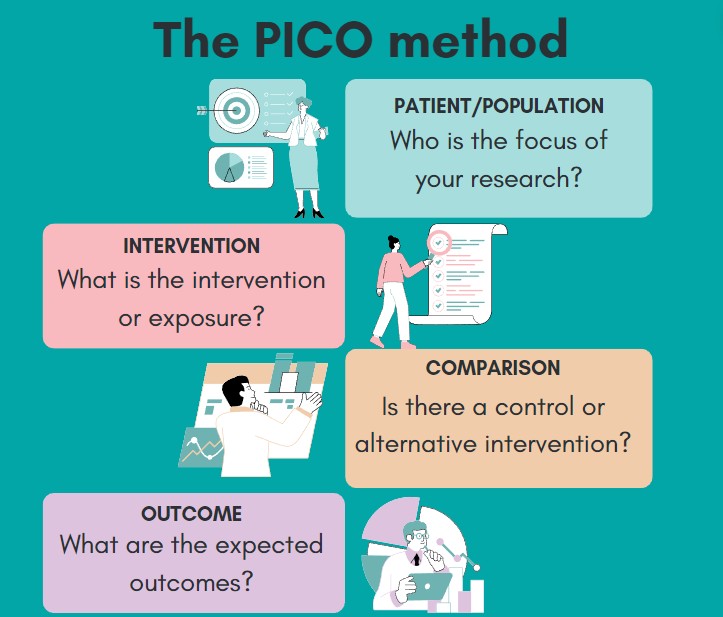

Navigating the vast ocean of databases for a systematic review can be, and is, daunting. The key to conquering this challenge lies in selecting the best scientific databases and sources to search in. To ensure proper coverage of databases, it is not recommend to use a single database. It is recommended to use between two to four databases.
This guide will equip you with the knowledge to make informed choices and ensure your review covers all relevant literature comprehensively.
A systematic review is a rigorous method of synthesizing research evidence. It aims to identify, evaluate, and summarize the findings of all relevant individual studies on a particular topic, providing a high level of evidence on the effectiveness of interventions.
The thoroughness of your literature search directly impacts the quality and reliability of your systematic review. Missing key studies can lead to biased conclusions, making the initial step of selecting the right databases crucial.
First, align your literature database for a systematic review selection with the primary subject area of your review. Different library databases specialize in various fields:
Consider the types of materials your review requires:
Different databases cater to various material types, ensuring diverse and exhaustive coverage.
Evaluate how comprehensive each database is:
PubMed/MEDLINE is indispensable for medicine, nursing, and allied health:
Embase specializes in biomedical literature with a focus on drugs and pharmacology:
Web of Science offers multidisciplinary coverage:
Scopus is another multidisciplinary database:
Google Scholar captures grey literature and broad searches:
CINAHL focuses on nursing and allied health:
PsycINFO specializes in psychology and related fields:
CENTRAL is vital for identifying randomized controlled trials:

For a comprehensive literature search, using multiple databases is crucial.
Commonly recommended combinations for health-related reviews include MEDLINE, Embase, and Web of Science. Adding Google Scholar can help capture grey literature and additional references not indexed in other databases.
The minimum recommended is at least two databases, but for optimal coverage, using three to five databases strikes a balance between comprehensiveness and manageability. This approach ensures you capture a broad spectrum of relevant literature without being overwhelmed by the volume of data.
Start by clearly defining your research question using frameworks like PICO (Population, Intervention, Comparison, Outcome). This clarity will guide your database selection and search strategy.

Based on your subject area and the types of studies needed, select databases for a systematic review that are known for comprehensive coverage in these areas. This alignment ensures you capture all relevant literature.
Conduct preliminary searches in selected databases to evaluate the relevance and volume of results. This step helps refine your search strategy and ensures the databases chosen are appropriate for your review.
Transparency is key in systematic reviews.
Document the databases selected and the rationale behind each choice. This documentation enhances the reproducibility of your review, a critical aspect of systematic research.
PubMed stands out for several reasons:
ScienceDirect is not ideal as a primary database for systematic reviews due to its limited scope, focusing mainly on Elsevier journals and books, which represent only a fraction of available scientific literature.
There is significant overlap with other comprehensive Elsevier databases like Embase and Scopus, leading to redundant search results without adding unique content. Embase offers a broader range of biomedical literature, including European journals and conference abstracts, while Scopus covers multiple disciplines from over 7,000 publishers globally and provides advanced search capabilities and citation metrics. ScienceDirect’s search limitations and lack of unique features further hinder comprehensive searches.
Relying solely on ScienceDirect risks missing relevant studies from non-Elsevier journals, conference proceedings, and grey literature. Therefore, more comprehensive databases like PubMed/MEDLINE, Embase, Scopus, or Web of Science are recommended for systematic reviews, with ScienceDirect serving only as a supplementary source.
Choosing the right databases for a systematic review is essential for thorough and reliable research. By considering the scope, subject matter, types of materials, and coverage of various databases, and using a combination of specialized and multidisciplinary resources, you can ensure comprehensive literature coverage.
Equip yourself with the right tools, and you’ll be well on your way to conquering the ocean of literature.
By following these guidelines, you’ll be well-prepared to navigate the complexities of systematic reviews, ensuring your research is both thorough and reliable.